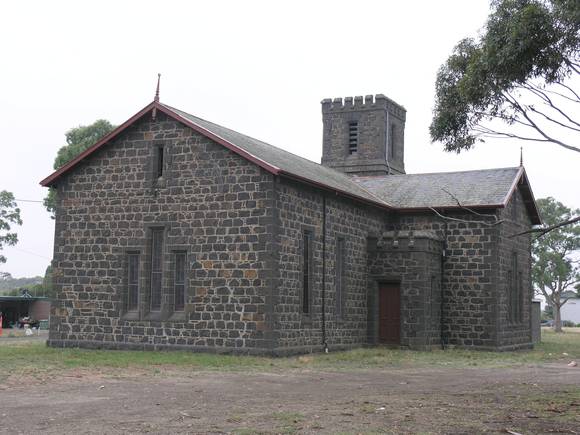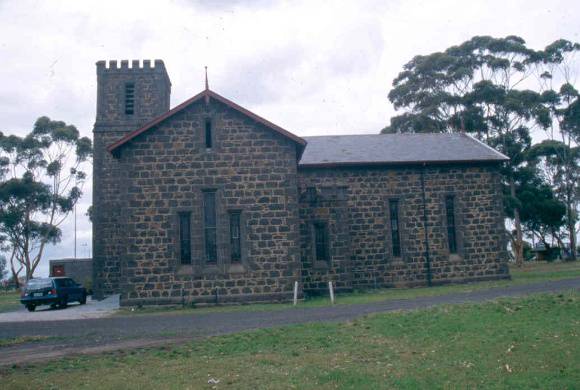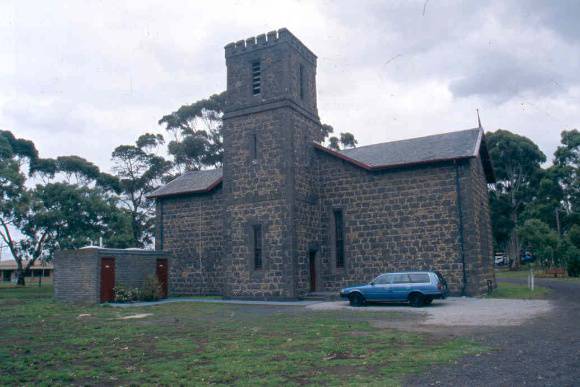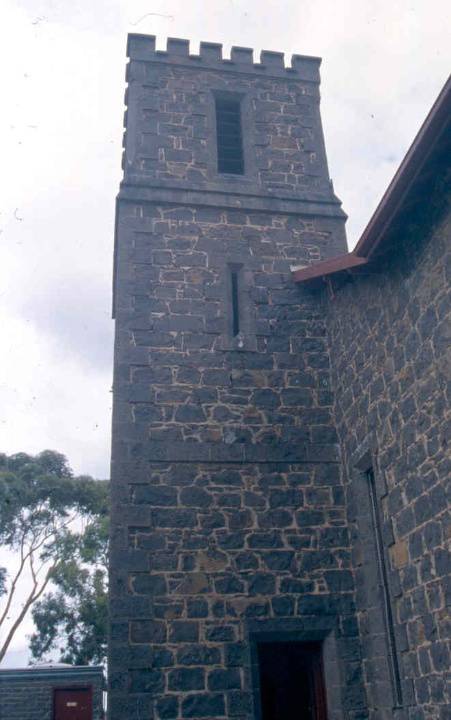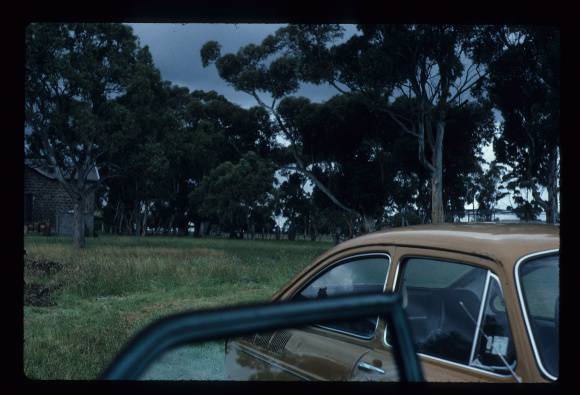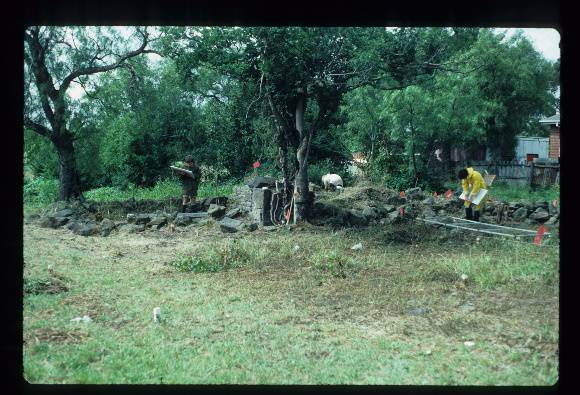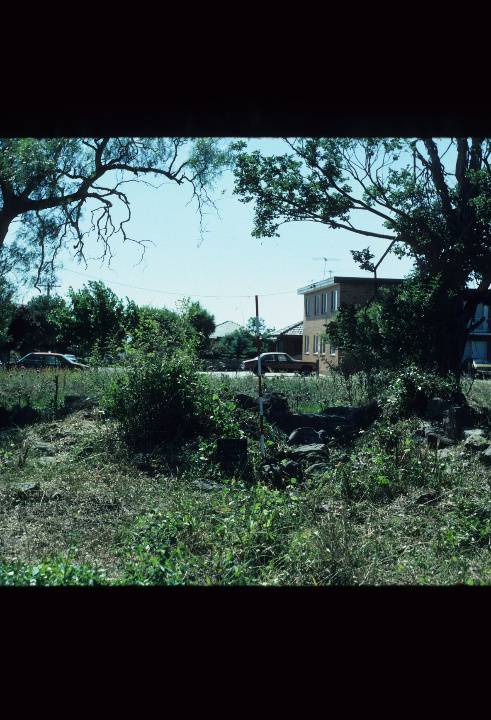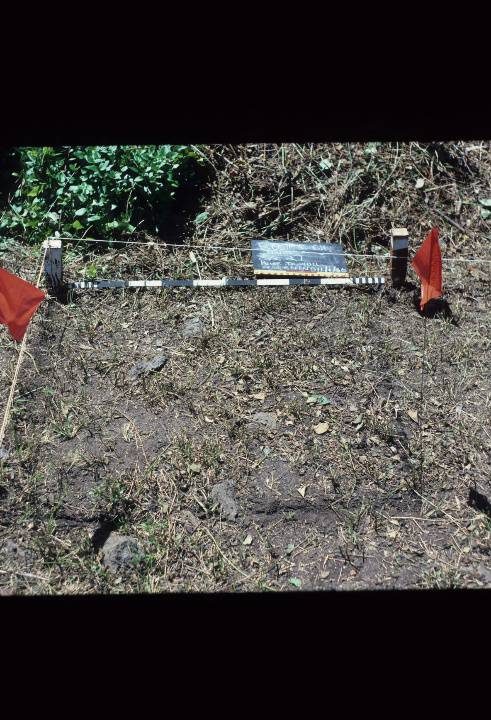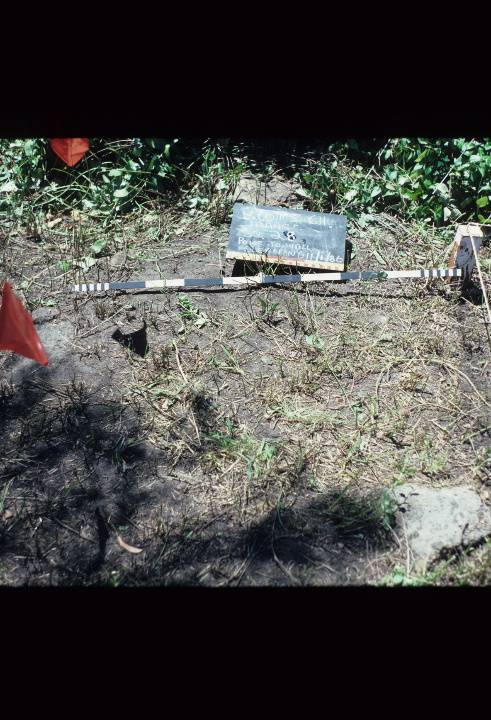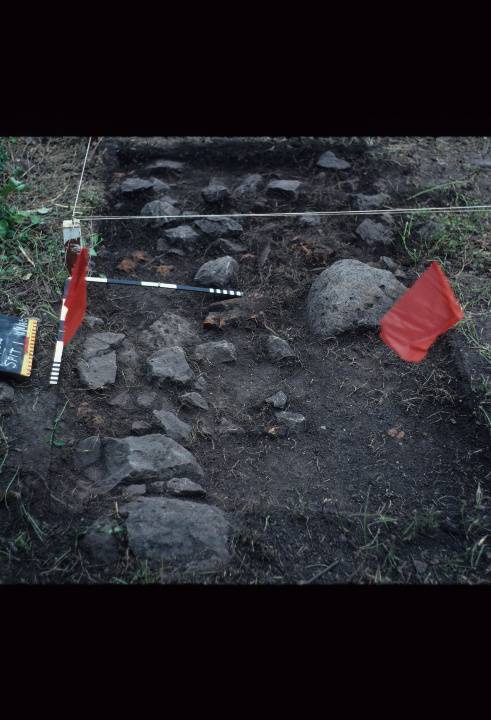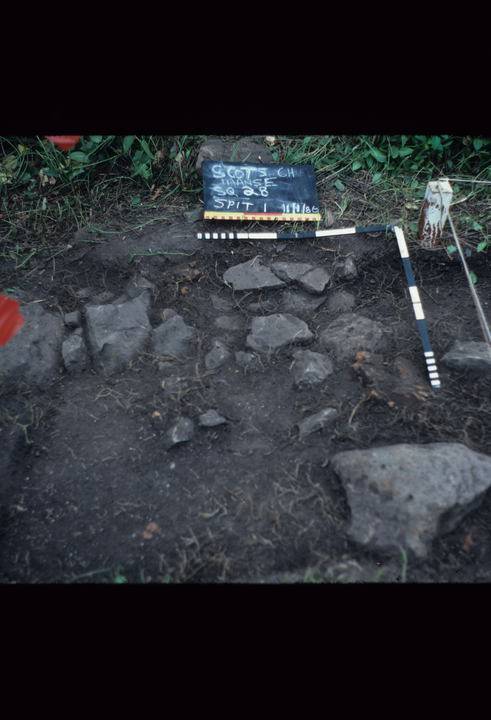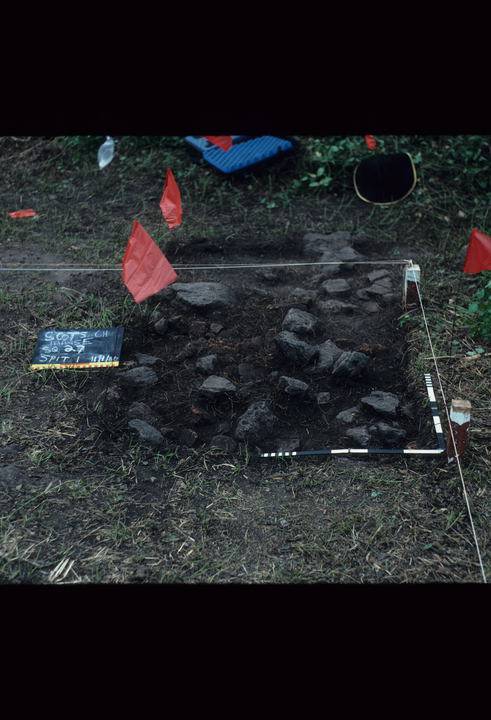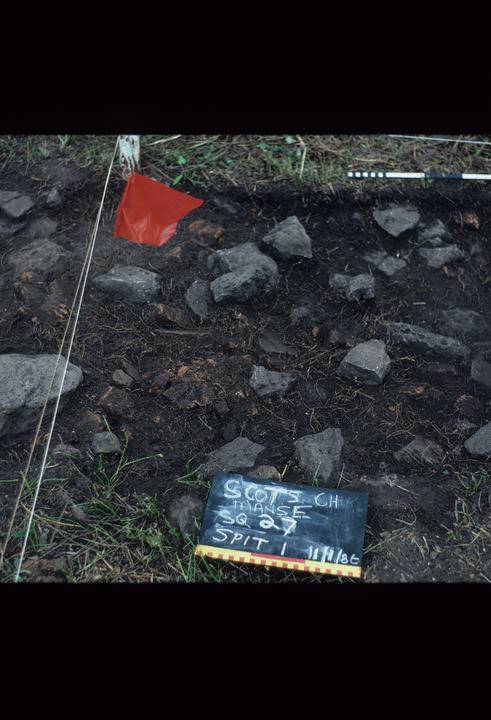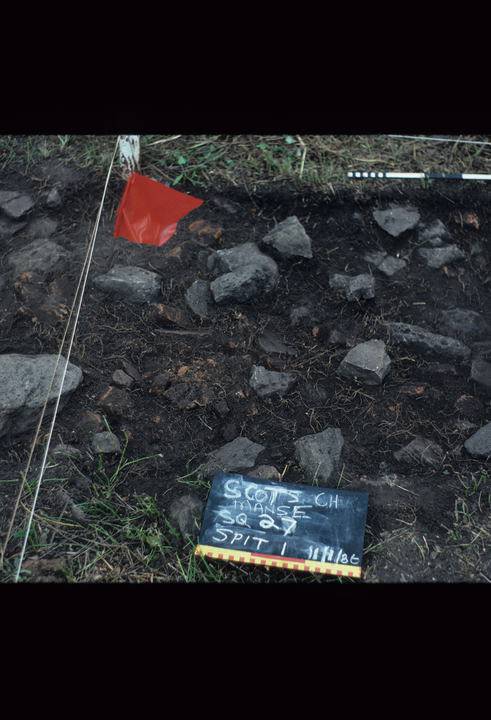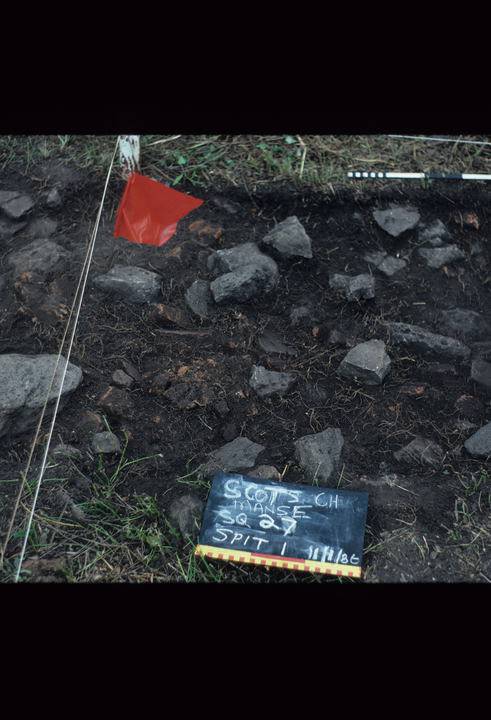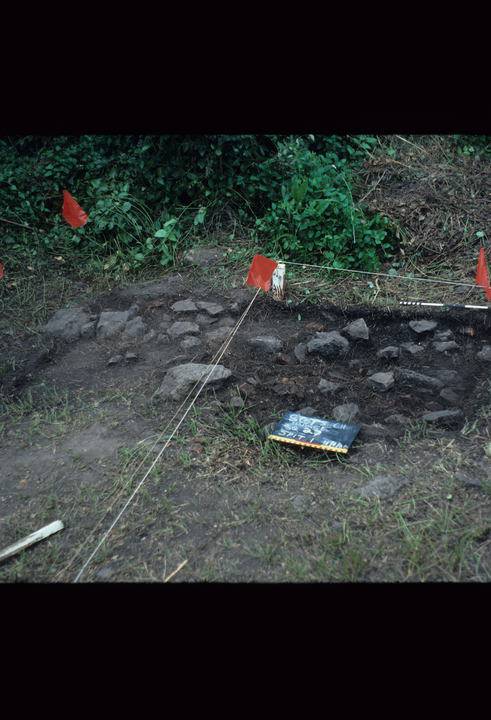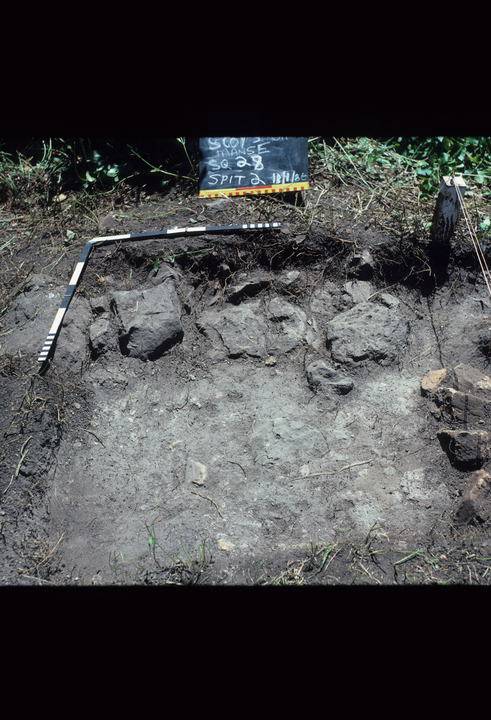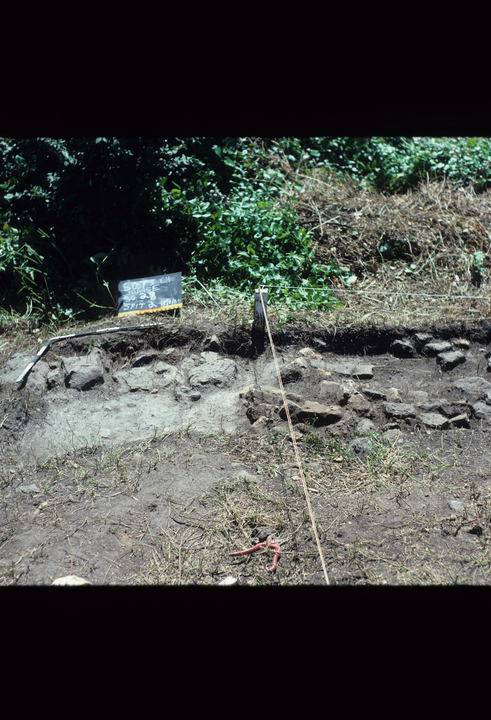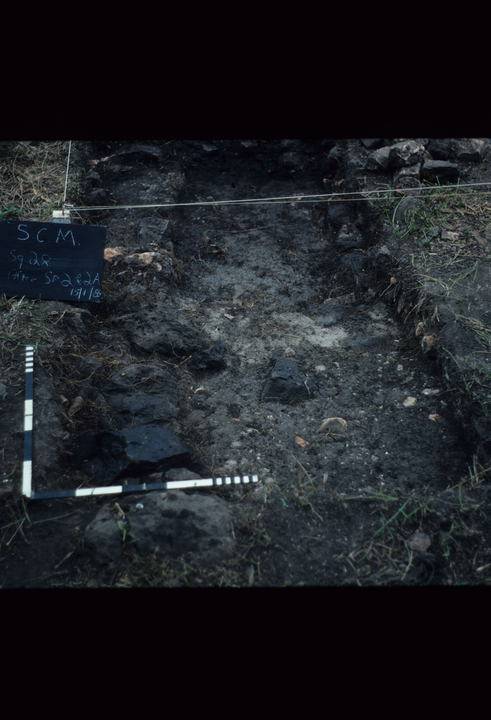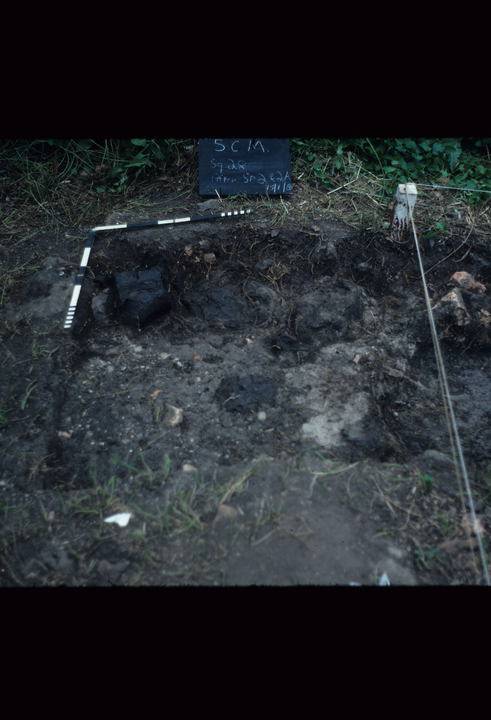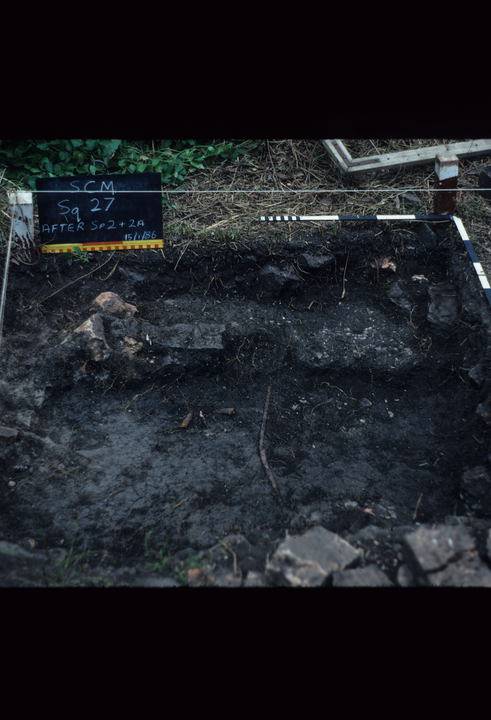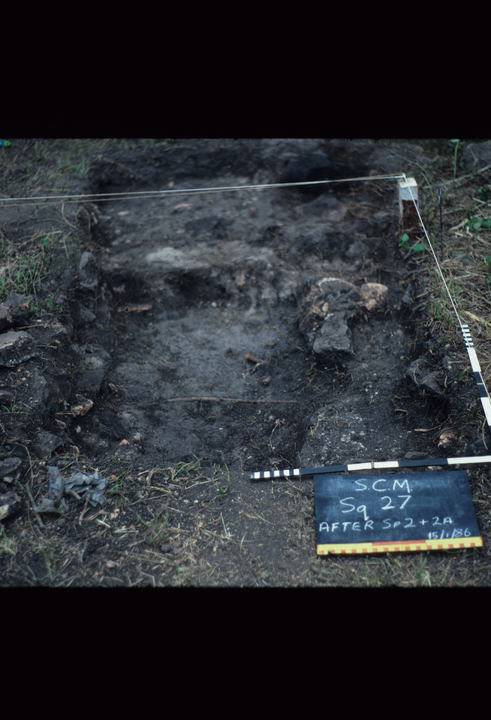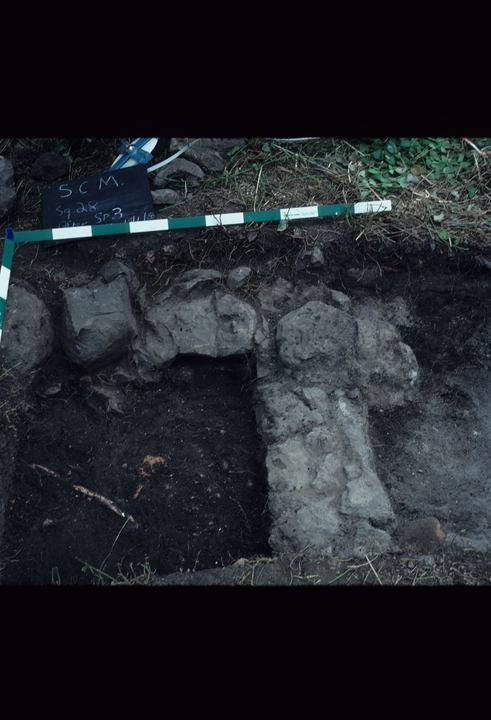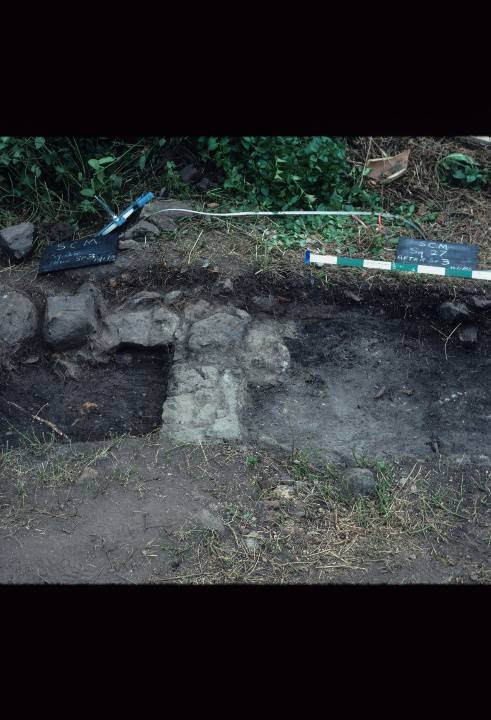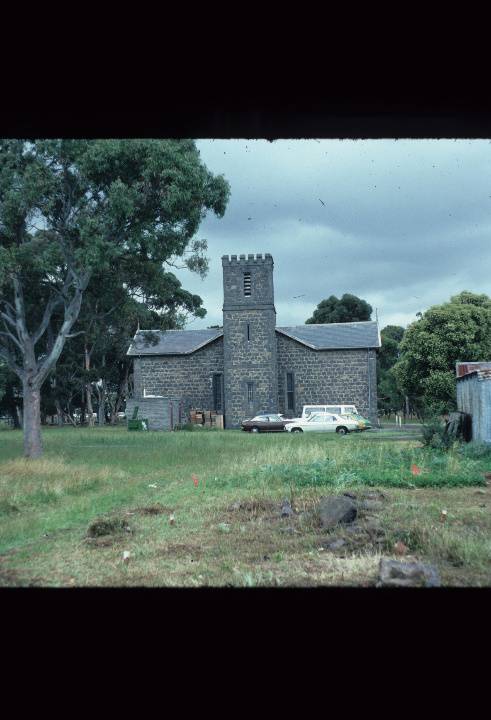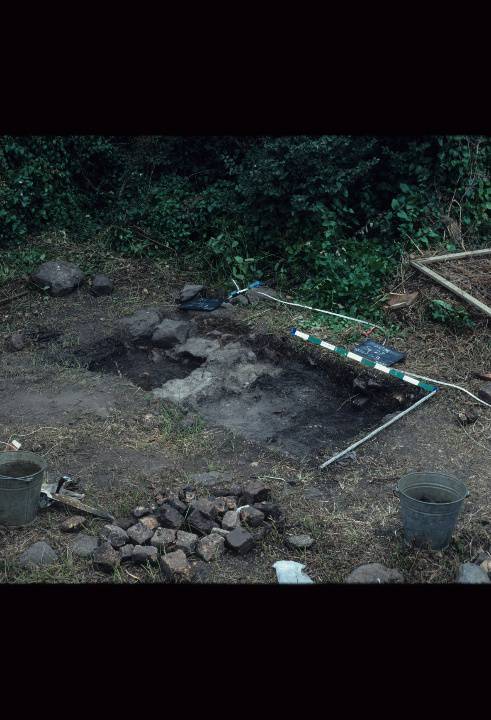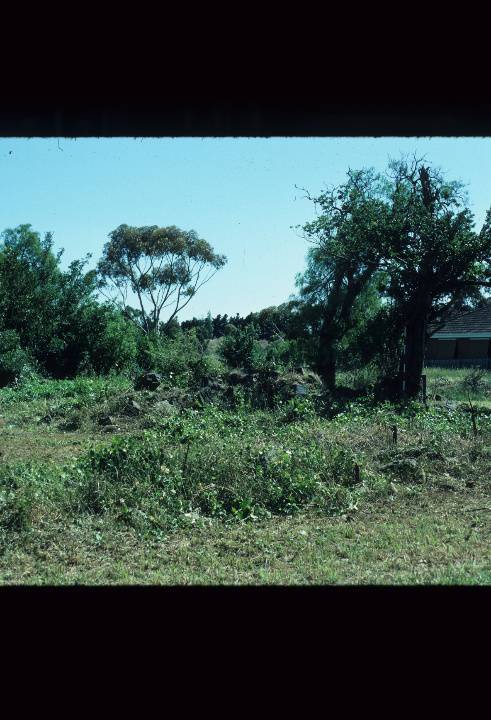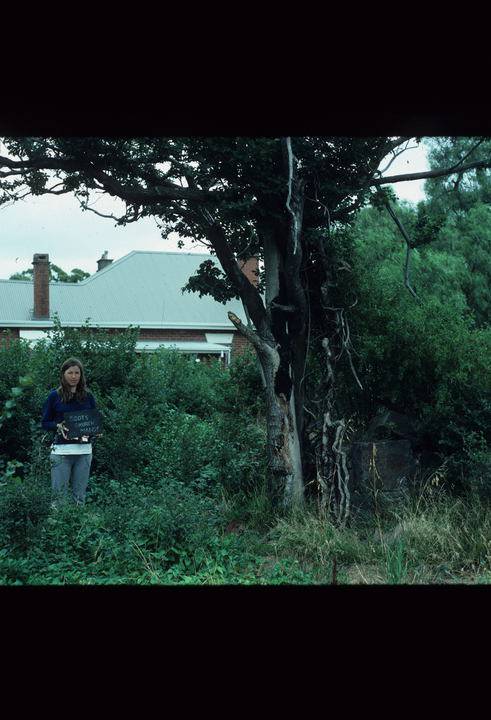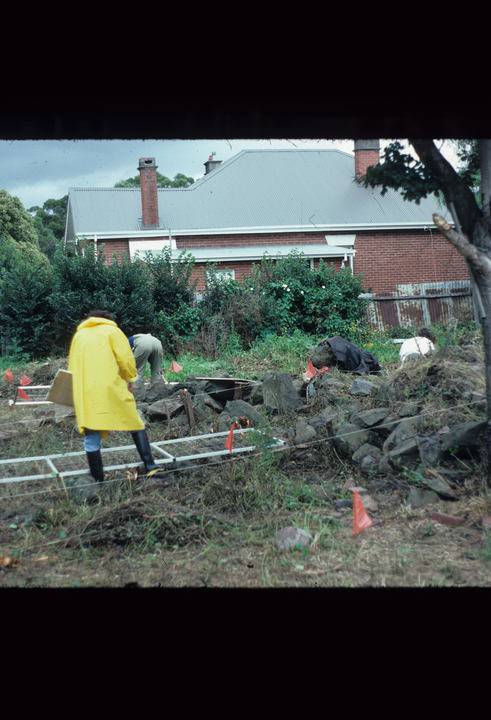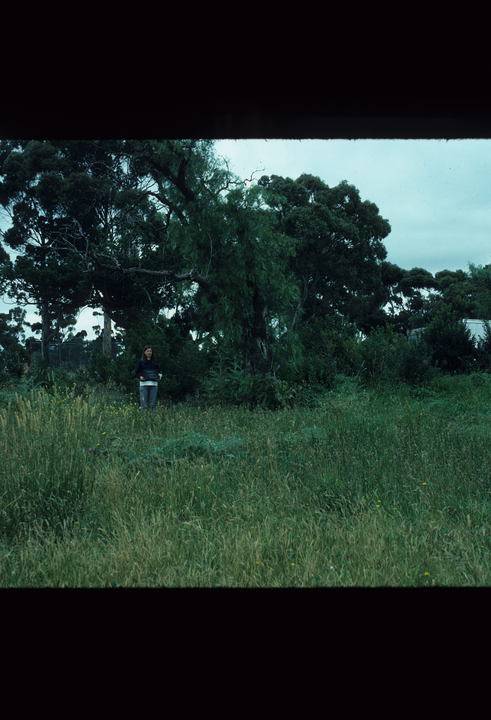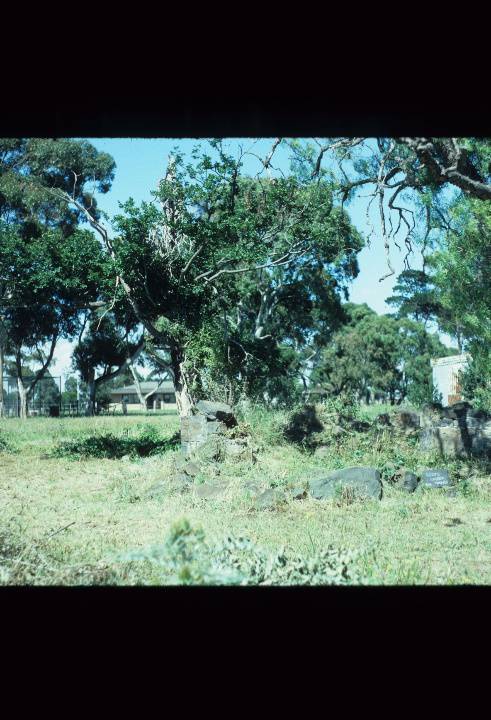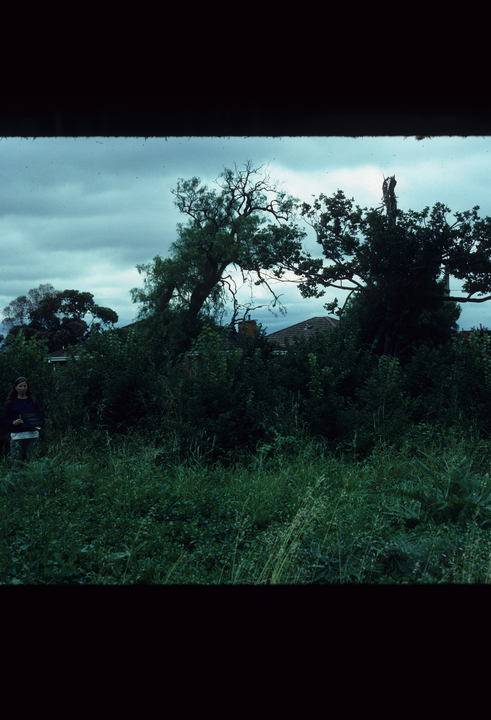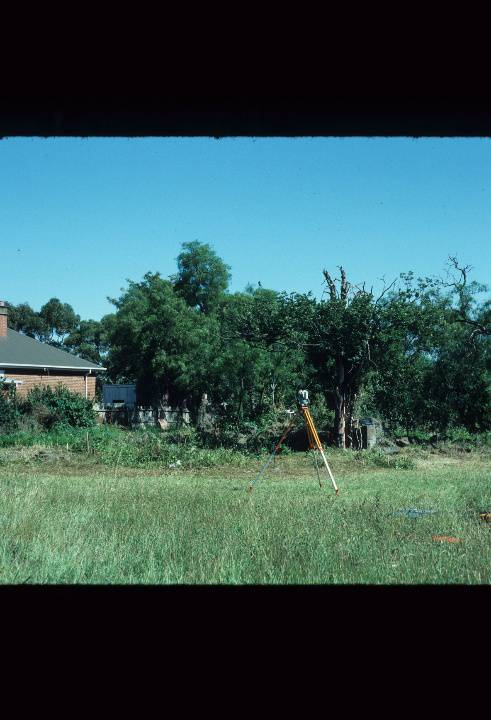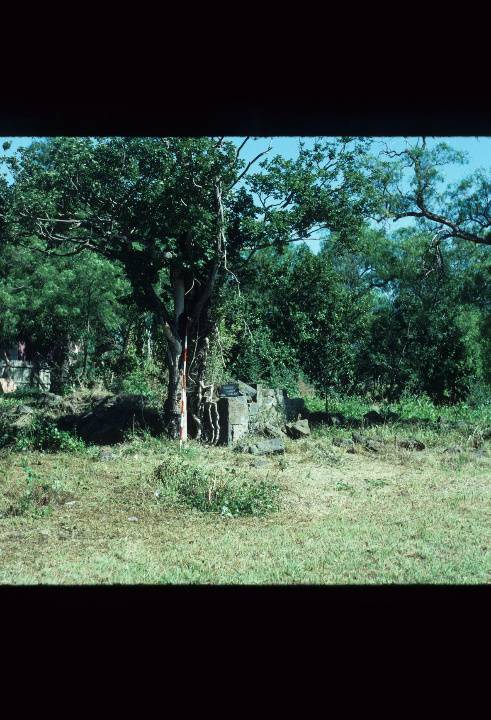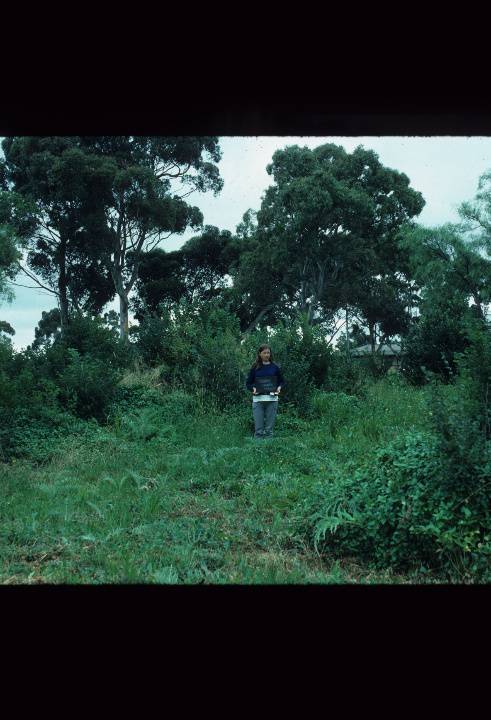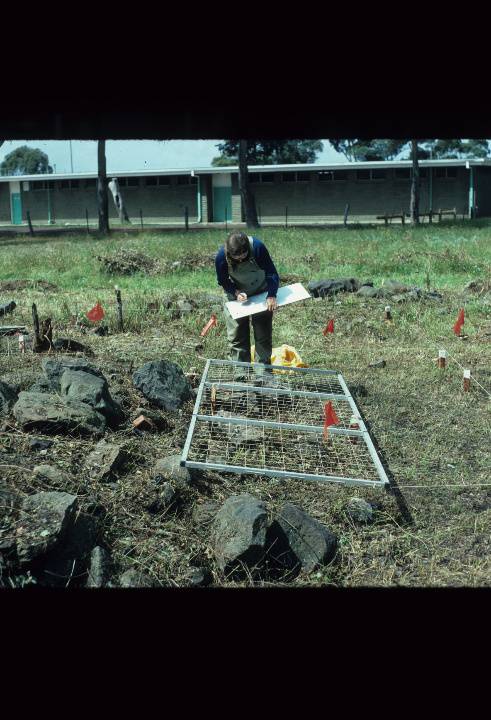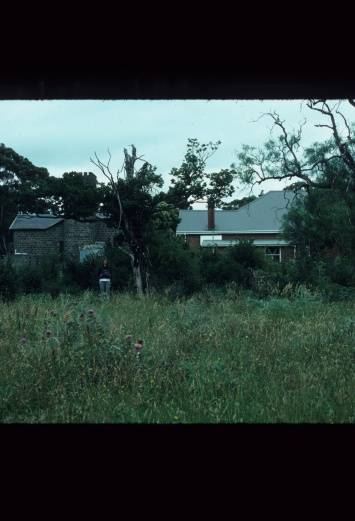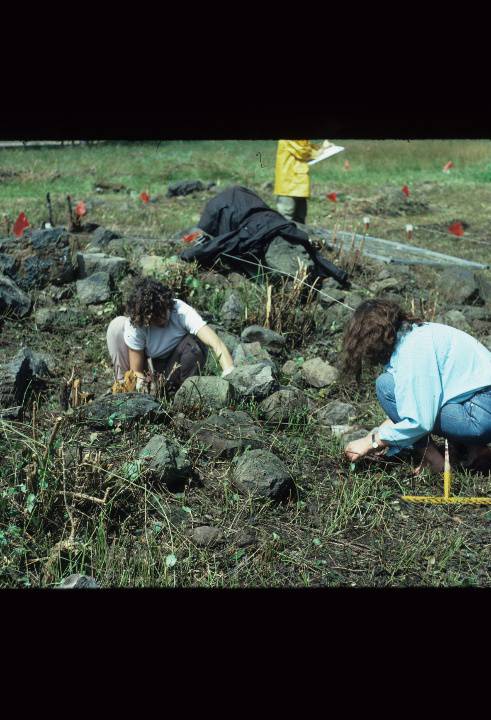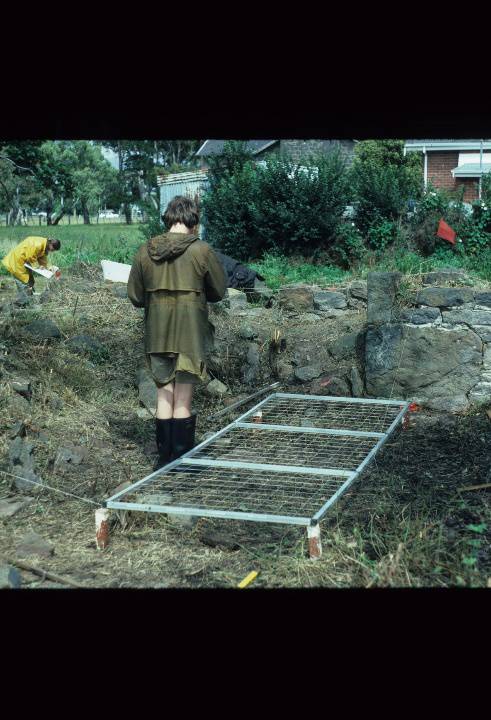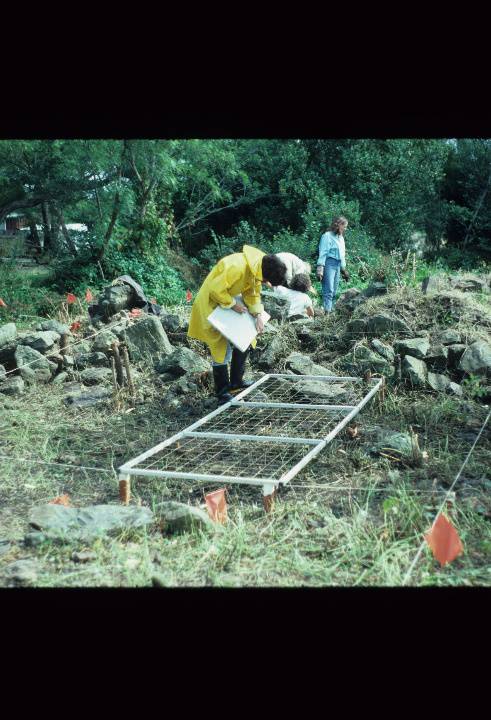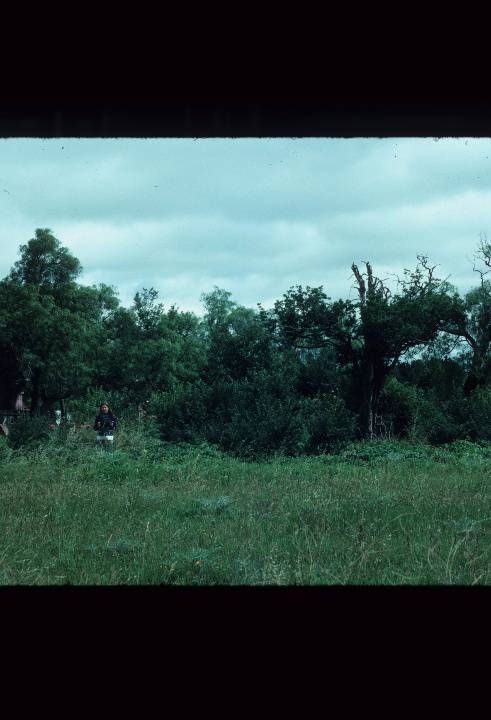| Back to search results » | Back to search page » |
|
SCOTS UNITING CHURCH
Statement of Significance
What is significant? The second minister of the church was Reverend Peter Gunn, who was greatly involved with the Presbyterian church when he accepted a call to the Campbellfield church in 1845. He remained at this church until his death in 1864, and is buried in the church grounds. A bluestone manse was built for Gunn in 1850 and a bluestone church replaced the original church in 1855. Both of these buildings were designed by architect, Charles Laing. A cemetery, for burial of Presbyterian members of the congregation, was also developed on the site, with the earliest surviving headstone erected in 1846. The majority of graves were constructed in the period from 1855 to 1895. The development of the site coincided with the growth of Campbellfield in the early 1850s into a settlement of several hundred people. The continual improvement of Sydney Road aided its development, and by the 1860s it was the largest settlement before Kilmore, despite not being an official township. In 1908 a new brick manse was constructed to replace the earlier one which had fallen into disrepair. The former manse was abandoned at this time and the foundations still exist on the site, forming an area of archaeological interest. The church is a small bluestone Tudor Gothic building which incorporates a castellated tower, narrow rectangular windows and a low pitched, slate roof. It is a simple rectangular building with transepts at one end, forming a T-plan. The nave of the church has been closed off from the transepts to form a smaller church. The cemetery contains about twenty grave sites with a variety of sandstone, white marble and granite headstones and cast iron fences, generally designed in a restrained manner. These represent a number of families with some headstones replaced as family members died. There appears to be no plan for the layout of graves, with no obvious path system or planting scheme. The graves are located in two groups, and all headstones face north. How is it significant? Why is it significant? The Scots Church is of historical significance as a rare example of a churchyard cemetery in Victoria. By the time of European settlement, such cemeteries had become less popular and few were developed in the State. Dating back to at least 1846, the Scots Church example may be the only private Presbyterian burial ground in the State and it contains the graves of many of the original Scottish settlers in the vicinity. Other extant suburban churchyard cemeteries include St Andrew's Church of England , Brighton; St Katherine's Church of England, Greensborough and the Lutheran Church, Thomastown. It is of historical significance due to its association with Peter Gunn, an influential leader of the Presbyterian Church, and Moderator in 1851 and 1854. He was an important figure in the merging of two streams of Presbyterianism in the 1850s, and as a Gaelic speaking minister, he had a strong following among Scottish immigrants. He was also the father of well known writer, Mrs Aeneas Gunn. The site contains remnants of his manse, the church built during his ministership, and his grave and that of some of his family members. The Scots Church, Campbellfield is of architectural significance as one of the few surviving works of early Melbourne architect, Charles Laing, who designed the first Free Presbyterian church in Swanston Street in 1847-8. It is typical of the modest and unsophisticated style of Laing and other architects of the time. The Scots Church, Campbellfield is of unusual design with its incorporation of a castellated tower in the centre of the transept end of the church, and narrow rectangular windows in the tower, transepts and nave. The Scots Church, Campbellfield is of archaeological significance due to the presence on site of the remains of the foundations of the original 1850 manse, which predates the other buildings on site and was designed by the same architect as the church. It provides further information about the early history of the site and has the potential to yield information on pre-gold rush building techniques.
Scots Church was established in Campbellfield on five acres of land donated to the Presbyterian Church by pastoralist Neil Campbell in 1842. In that year a timber church was constructed on this site located on the newly surveyed route of Sydney Road, to serve a predominantly Scottish-born congregation.
The Scots Church, Campbellfield is of historical, architectural and archaeological significance to the State of Victoria.
The Scots Church, Campbellfield is of historical significance as one of the oldest church buildings in Victoria. It is of historical significance due to its construction on the site of the third Scots Church established in Victoria and its representation of the dominant Scottish population who settled in the area.
[Online Data Upgrade Project 2004]
Group
Religion
Category
Church


